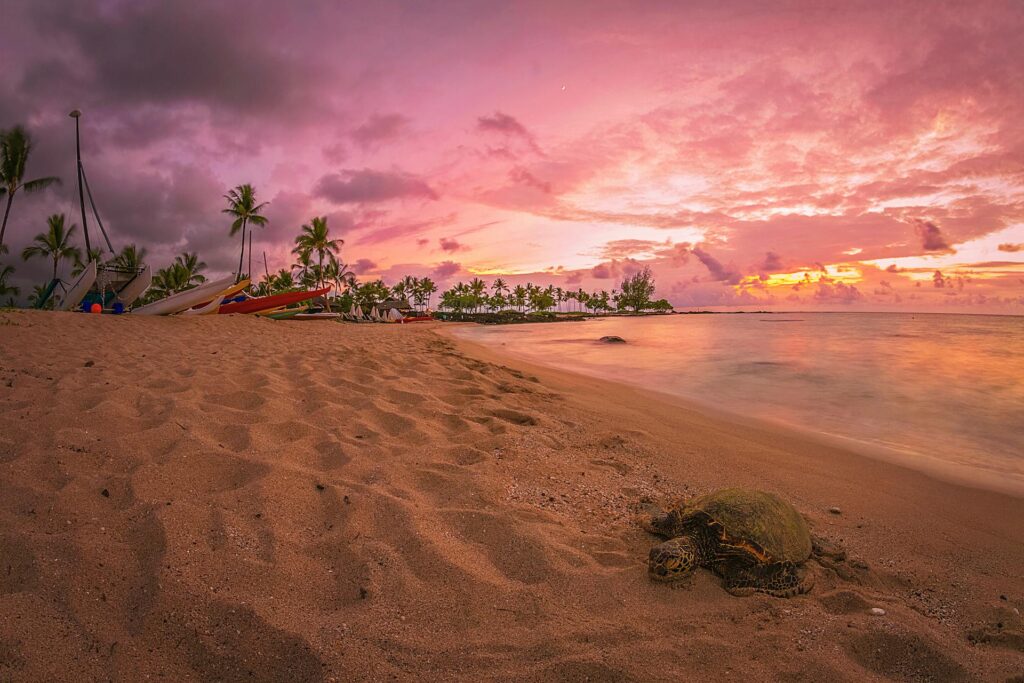The second Hawaiian island we visited on our honeymoon was the Big Island, or Hawai’i. Hawai’i is the youngest of the islands and nearly twice as big as all other islands combined, hence the nickname. You can even experience multiple different climate zones here, seeing snow-capped Mauna Kea to the black sand beaches of Punalu’u Beach. We never thought we would need parkas in Hawai’i but that’s what makes this place so special, there’s a surprise at every turn.
Hilo Day 1-‘Akaka Falls:
The Big Island has two main options for a home base, Hilo and Kona, and I would recommend traveling to both if you have the time. We flew into Hilo Airport, on the windward (east) side of Hawai’i, on a Saturday, spending three days there before driving to Kona, on the leeward side. As mentioned in the O’ahu post, Hilo has lush rainforests due to it being on the windward side of the island. It caters to travelers seeking active volcanoes, blooming gardens, breathtaking waterfalls, beautiful hiking, and small-town hospitality. Arriving on a Saturday we were lucky enough to disembark right on time for the farmers market downtown. After grabbing some of the freshest fruit I’ve ever tasted we drove over to ‘Akaka Falls State Park. This was a $5 admission fee with a $10 parking fee. The 0.4-mile loop takes you through lush tropical vegetation to multiple vista points of Kahuna Falls and ‘Akaka Falls. Plunging 442 feet, ‘Akaka Falls was stunning, and the trek there was quick and easy; the whole “hike” took less than an hour. We then checked into our Airbnb and got settled into our first night in Hawai’i!
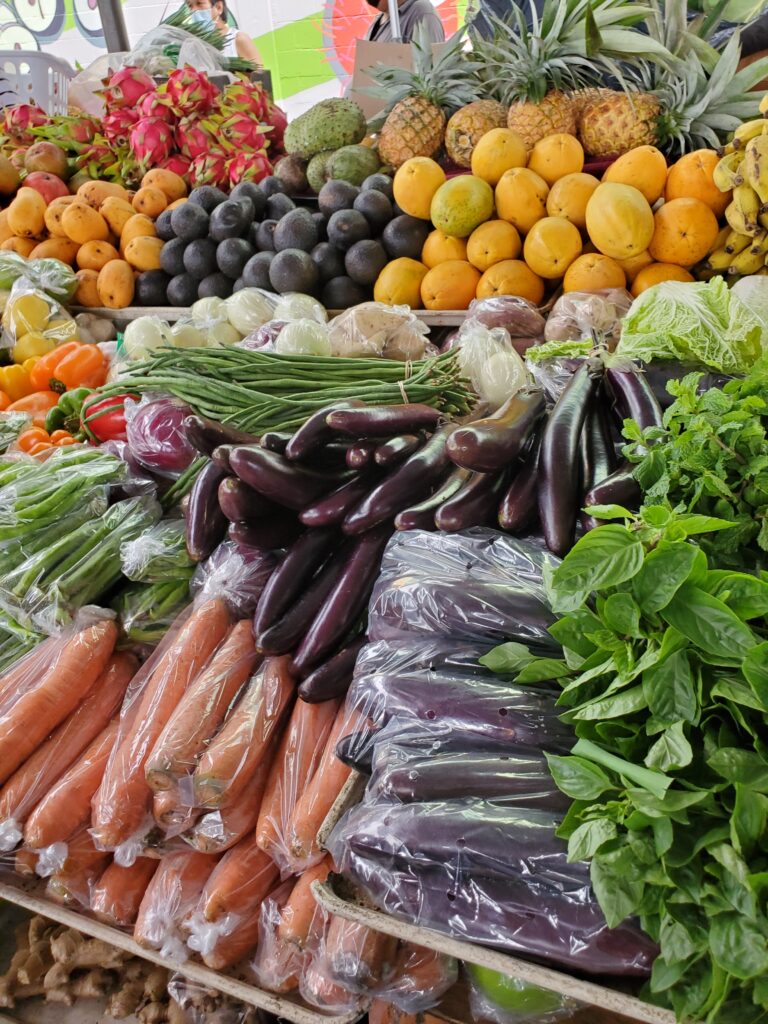
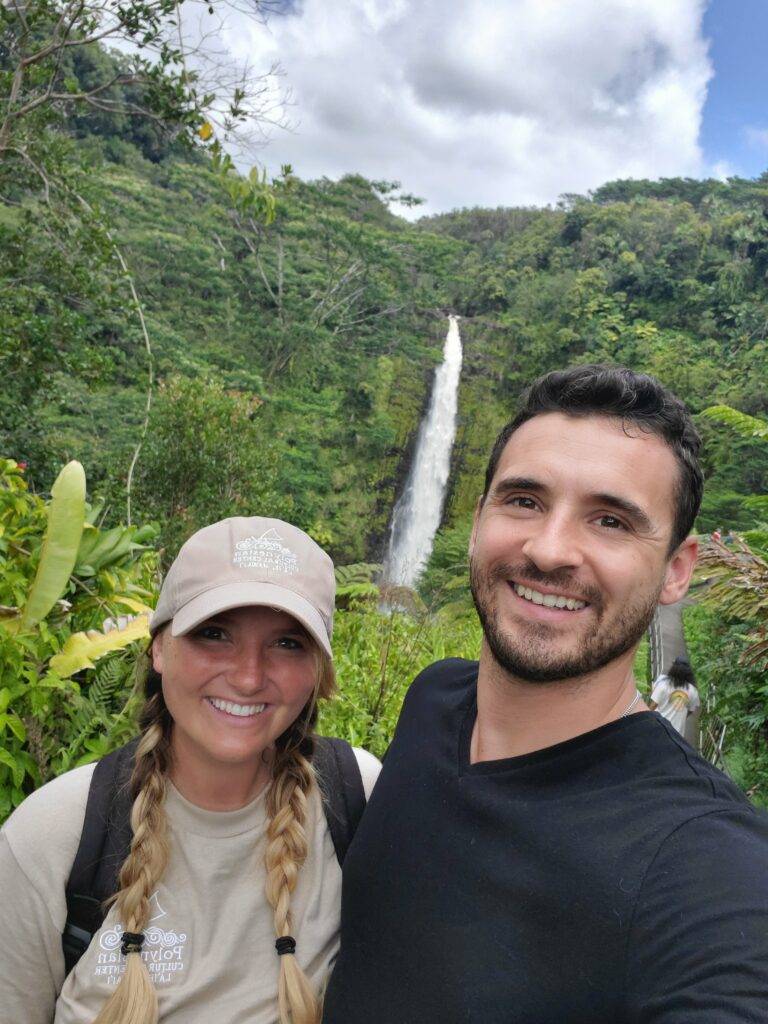
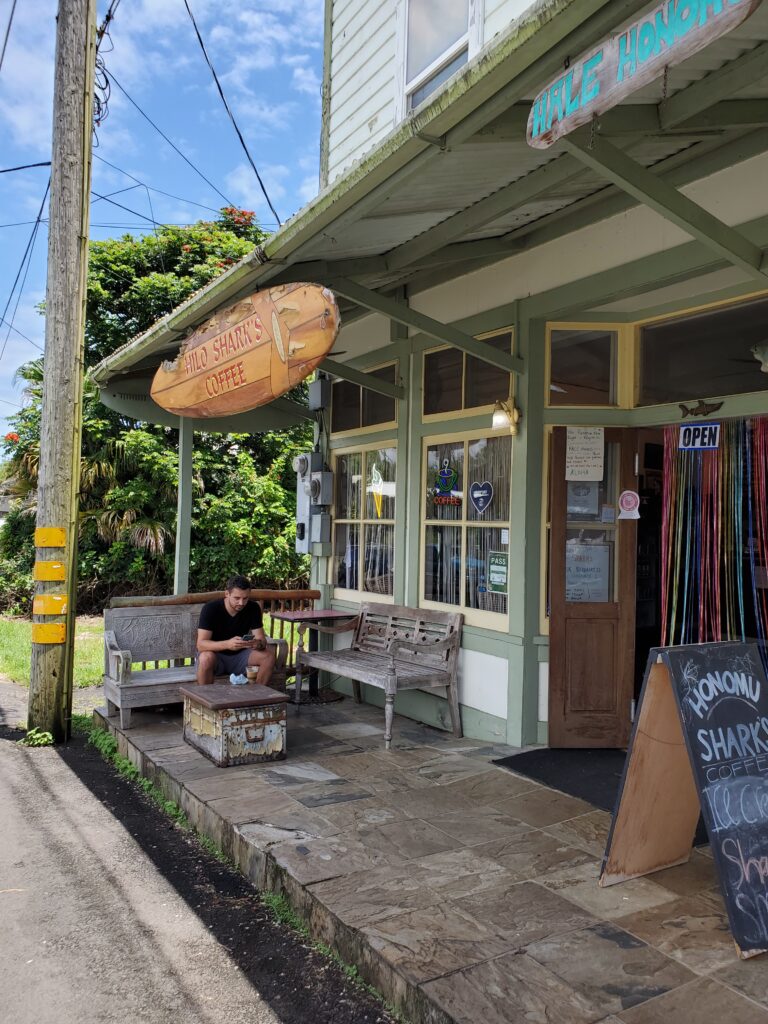
Hilo Day 2- Volcanoes National Park:
Our first full day we had planned to spend downtown getting to know Hilo but having walked much of it the day before we felt like we had seen most of it already. Instead, we took our rental car and drove 45 minutes southwest to Volcanoes National Park for the day. This 523 sq mile park (almost the size of O’ahu island!) extends from sea level to over 13,00 feet with six of the Earth’s climate zones and two of the world’s most active volcanoes, Kilauea and Mauna Loa. We easily could have spent multiple days exploring all of its lava fields, rainforest, cultural sites, and more. We made sure to arrive right when the park opened as parking for the Kilauea Iki hike is extremely limited. This 3.8-mile loop includes the Nahuku (Thurston) Lava Tube and takes approximately 2-3 hours. I would definitely recommend bringing a hat and sunscreen as part of the trail walks across the once-molten and still-steaming crater floor. The stark contrast of cool, lush rainforest along the crater rim to the hot, desert-like floor was astounding. I’ve never done a hike quite like it and pictures do it absolutely no justice.
The lava tubes are also super cool and unique. These “tubes” are basically caves that are formed when a river of lava gradually builds solid walls and a ceiling. There are several located in the park but the 600-foot-long Nahuku is the most easily accessible. We brought flashlights in anticipation of how dark these tubes can be but a lot of this lava tube was lit by electric lights. Upon exiting a particularly dark section you end up in a tropical rainforest, just another example of how quickly your surroundings change in Hawai’i.
After the Kilauea Iki hike, we drove Crater Rim Rd to Chain of Craters Rd, stopping at various overlook points and having our lunch. We then stopped to see the Pu’uloa petroglyphs. This trek takes you on a boardwalk over a 500-year-old lava field to a site with approximately 23,000 petroglyphs documenting the life and culture of the Native Hawaiian people. These rock etchings were astonishing and also completely unexpected. This was another part of Hawai’i that was so unique and incredible to see. We continued to the end of the road, where Holei Sea Arch is visible. During the drive down you can see the path the lava took extending all the way to the sea. The Holei Sea Arch is a 90-foot-high, 550-year-old lava rock formation protruding from the Pacific Ocean. They have restrooms and a parking lot, making it an ideal and scenic spot for lunch!
After heading back up Chain of Craters Rd we took a detour to see the infamous black sand beach, Ponalu’u. We stayed for about an hour and people watched, talking through the things we saw that day. It was definitely a day to remember and probably something we won’t ever experience anywhere else.
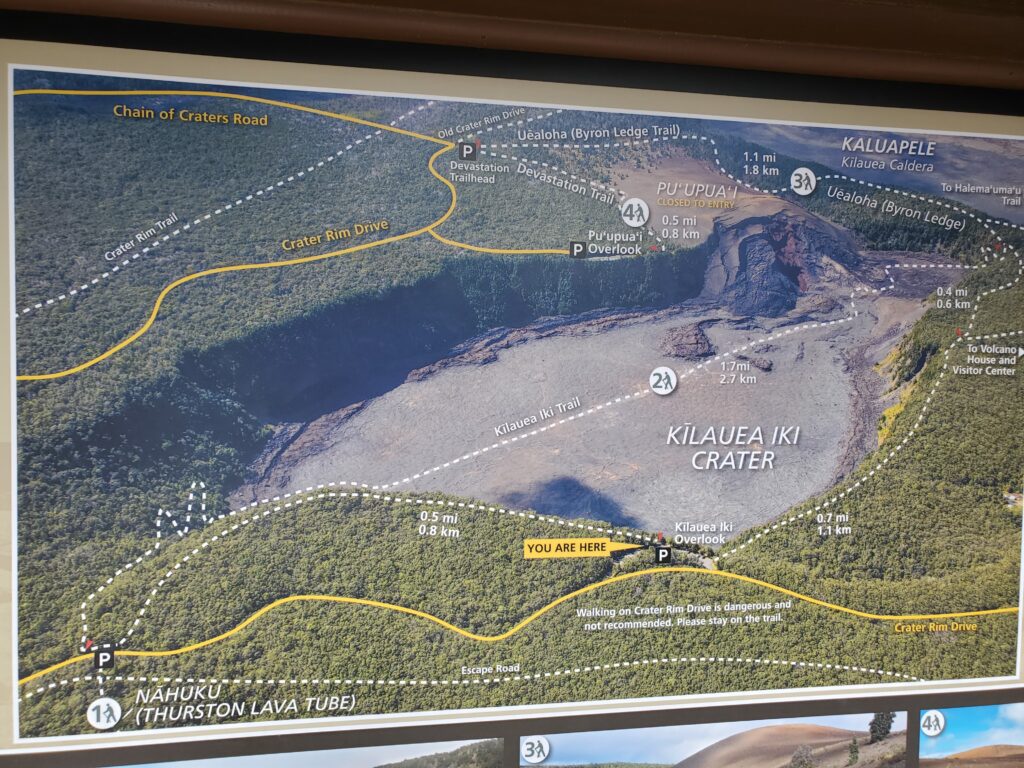
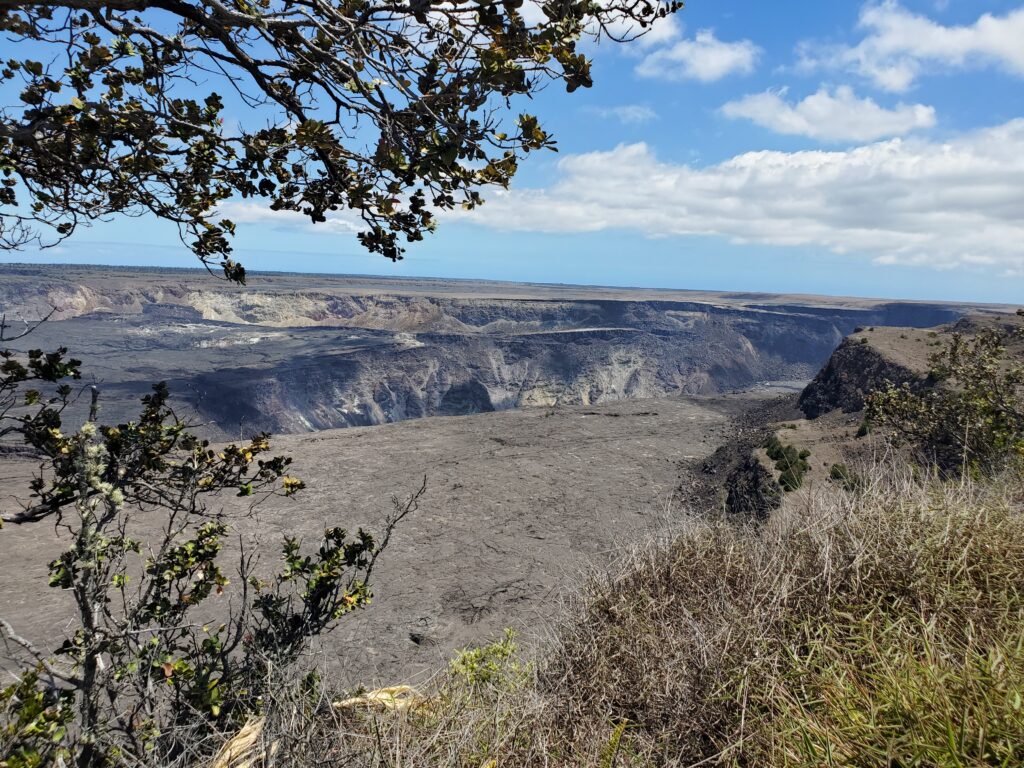
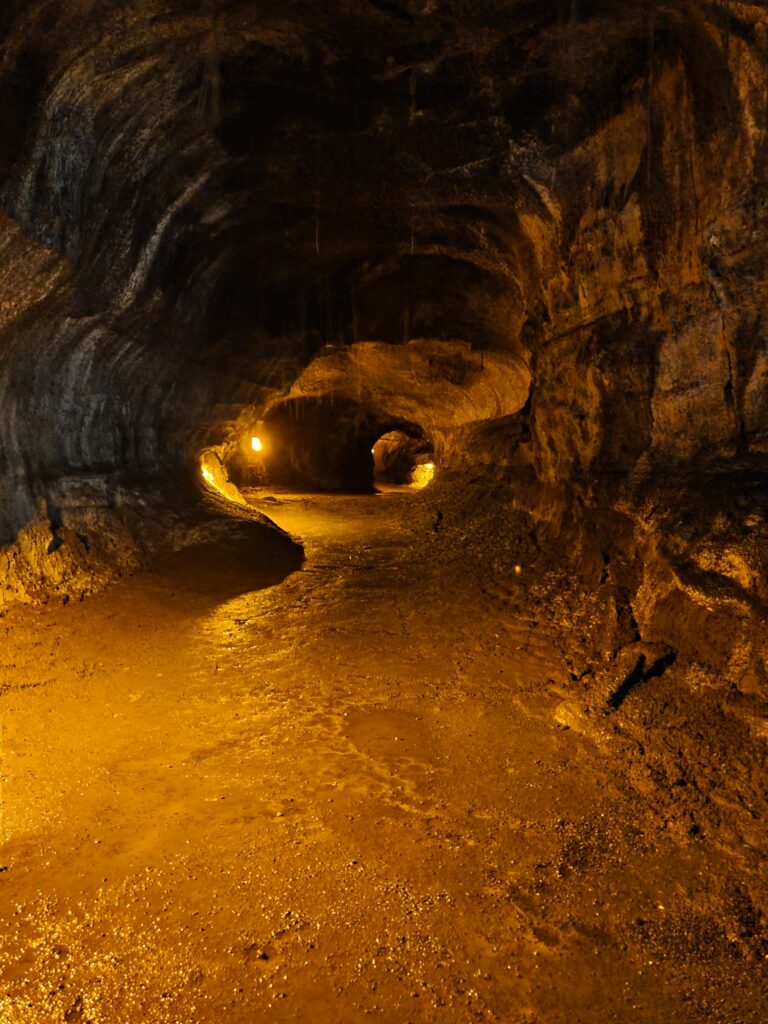
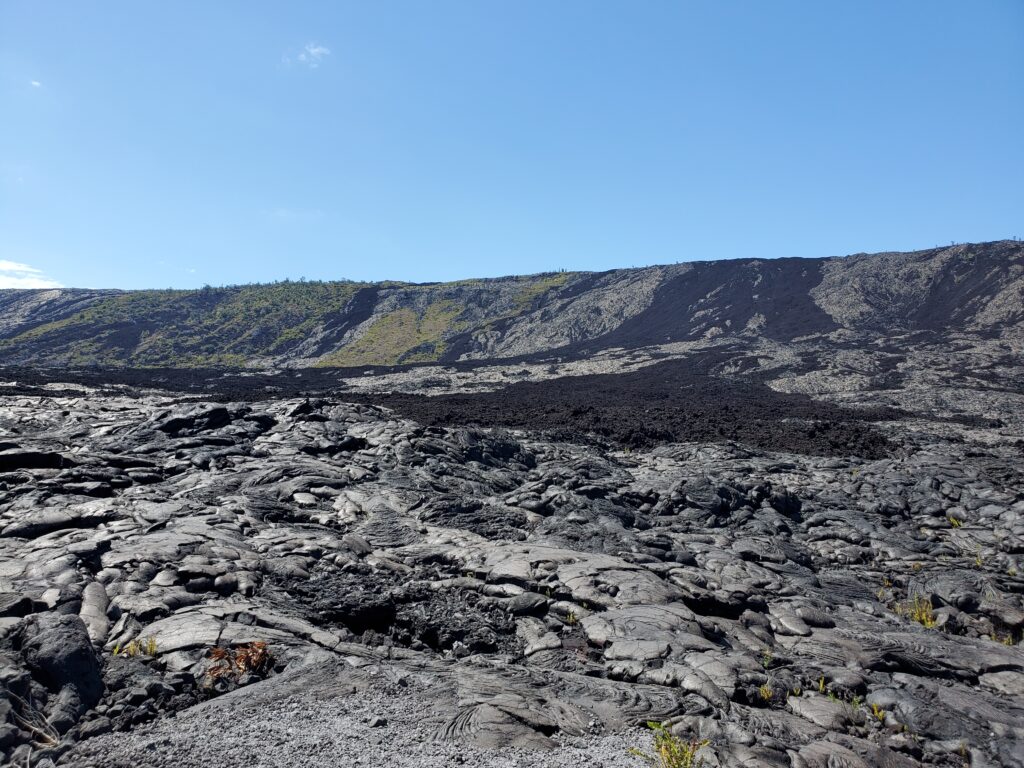
Kona Day 3 & 4- Mauna Kea:
The next day we ended up checking out of our Airbnb early and using our credit card points to spend the night at Courtyard King Kamehameha’s Kona Beach Hotel. After such an on-the-go week, we were more than ready to be pampered for the night before checking into our Airbnb the next day. Kona, being on the leeward side of the island, has nicer weather, beautiful beaches, and infamous coffee. It is also the more lively, touristy of the two Big Island destinations, with many more bars and restaurants. We spent this day relaxing at the hotel followed by drinks at the pool bar at night. The next morning as we walked into our Airbnb, we were greeted with the most beautiful leis, champagne, and a welcome note from our host. This Airbnb might’ve been our favorite. It was centrally located and right on the water, within walking distance of a small beach the surfers were using as a gateway to some pretty big waves. We grabbed some lunch at the viral Broke da Mouth Grindz (the line was massive) and took it to our lanai to watch the surfers while we had our plate lunches. The meal was delicious and the view couldn’t be beat.
We spent the next day on the beach before getting ready to head out for our Mauna Kea sunset tour. We booked this tour in advance and this is easily the number one thing I would recommend doing on any of the islands. To this day, I talk about this experience and it is in my top 3 favorite things I have ever done. Mauna Kea is an inactive volcano with a peak extending up over 13,500-feet above sea level, making it the highest point in Hawaii and the second-highest peak of an island on Earth. The dry prominence is actually greater than Mount Everest’s height above sea level causing some authorities to label it the tallest mountain in the world from its underwater base. It is about one million years old, having last erupted about 4,500 years ago, and is ecologically divided into three sections, one being an alpine climate at its summit. Due to this, the tour we booked included parkas and hot chocolate, not something you would expect to need in Hawai’i!
The tour started out just like any other, we arrived at the meeting point at 3 pm and were picked up by the tour van with our group. We spent the ride up to Mauna Kea, learning about the history, culture, and different facts of the volcano. We were told we would be stopping at the Visitors Center about 1.5 hours before sunset for a vegetable lasagna and brownie meal. This stop, about 9,000-feet up, also allowed us to adjust to the altitude, as altitude sickness can be a problem. The tour operators have strict guidelines on who is safe to take this tour so be sure to check their websites for up-to-date info. This was the highest I had ever been and I wasn’t exactly sure what to expect. It was very clear stepping off the van just how high we were. There was a short walk uphill to the entrance of the visitors center and we were both out of breath afterward. The air feels very thin and doing any type of physical activity feels tiring and difficult to catch your breath. Once everyone finished, we were ready to complete the journey to the top.
Because of the ideal conditions atop Mauna Kea, the summit is one of the best in the world for astronomical observation. There are thirteen telescopes funded by eleven countries making it the largest observatory in the world. I think it’s important to note that this has been a topic of debate with the Native Hawaiians. We could see them protesting at the base of Mauna Kea, as it is considered the most sacred of all Hawai’i’s volcanoes and is known as a region of the Gods.
Though you are not able to go inside the observatories, you can see them up close while standing at the summit looking out above the clouds. This was truly breathtaking. I think I could have stayed up there forever, you honestly feel like you are on top of the world. They give you time to watch the sunset and venture around the summit. Most people stayed put, however, as the decreased amount of oxygen at the top was pretty evident. My cell phone actually had an O2 monitor on the back of it and it clocked my saturation at an insane 73% and I could absolutely feel it.
After sunset, the tour took us back down to the visitor center where the stargazing portion began. We were all given hot cocoa and cookies while we took turns peering into their massive telescope and learning all about the stars and planets we could see. This was unforgettable. I remember going to step out of the van and just stopping short. The night sky was unlike anything I had ever seen. We have tried to venture out to deserted places in Utah and Arizona to stargaze, but this was incomparable. I would do this on every return trip to Hawai’i, making stops on the Big Island specifically for this. All in all, this tour was a 10 out of 10. We booked with Mauna Kea Summit Adventures, and I would highly, highly recommend them.
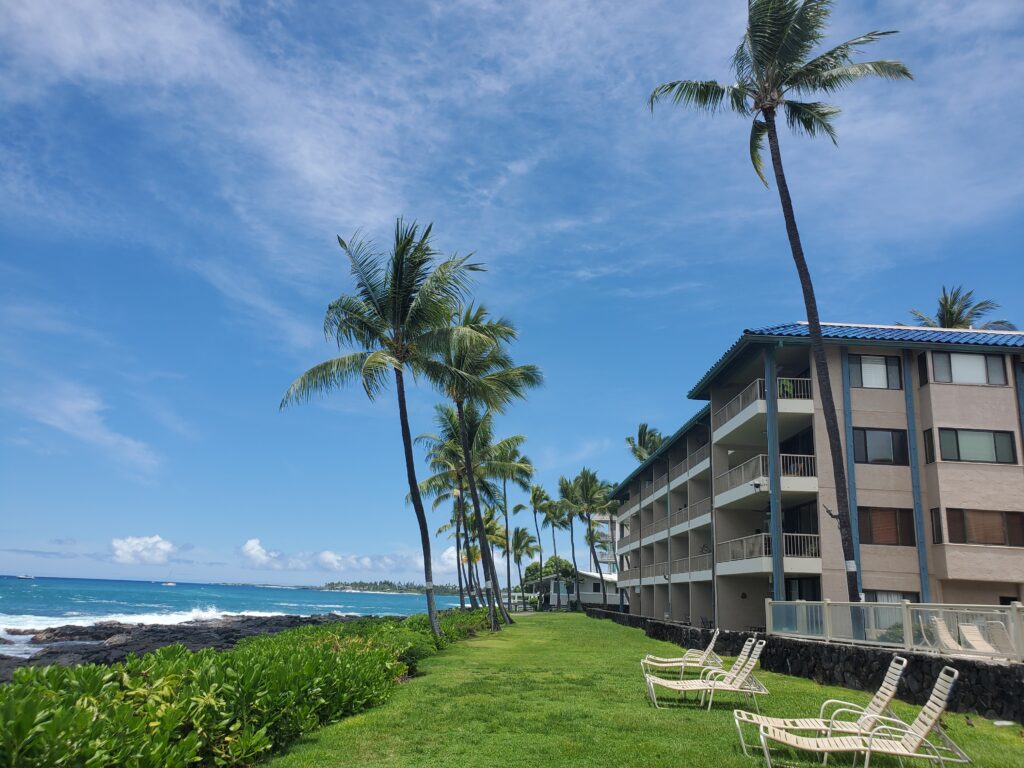
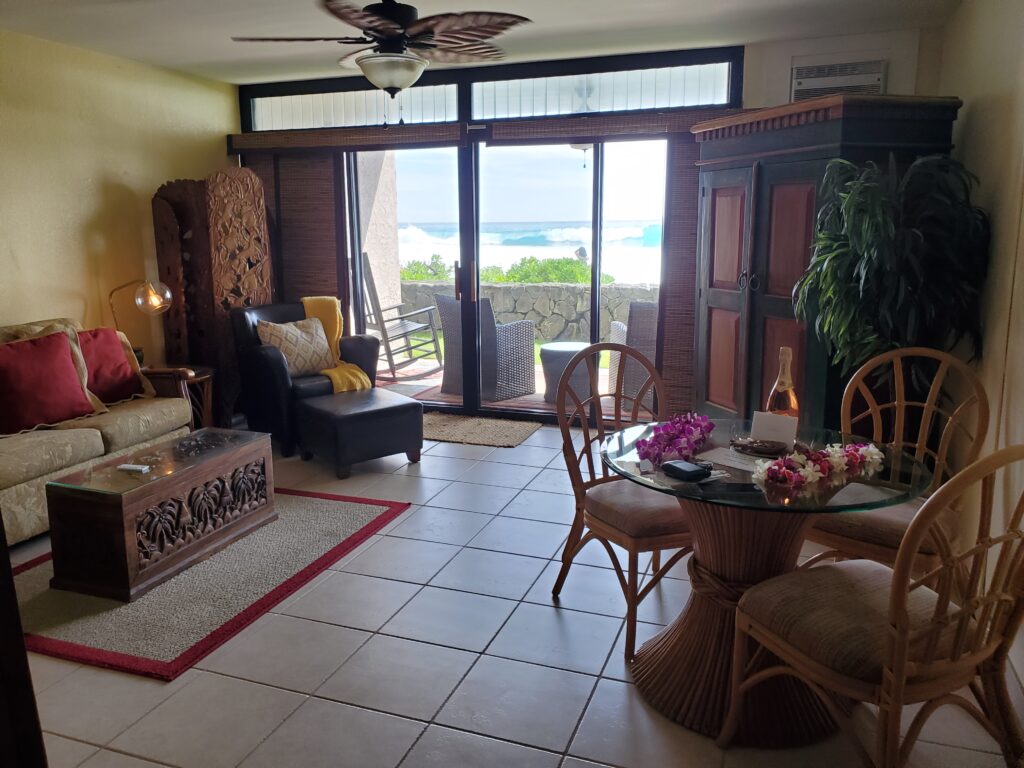
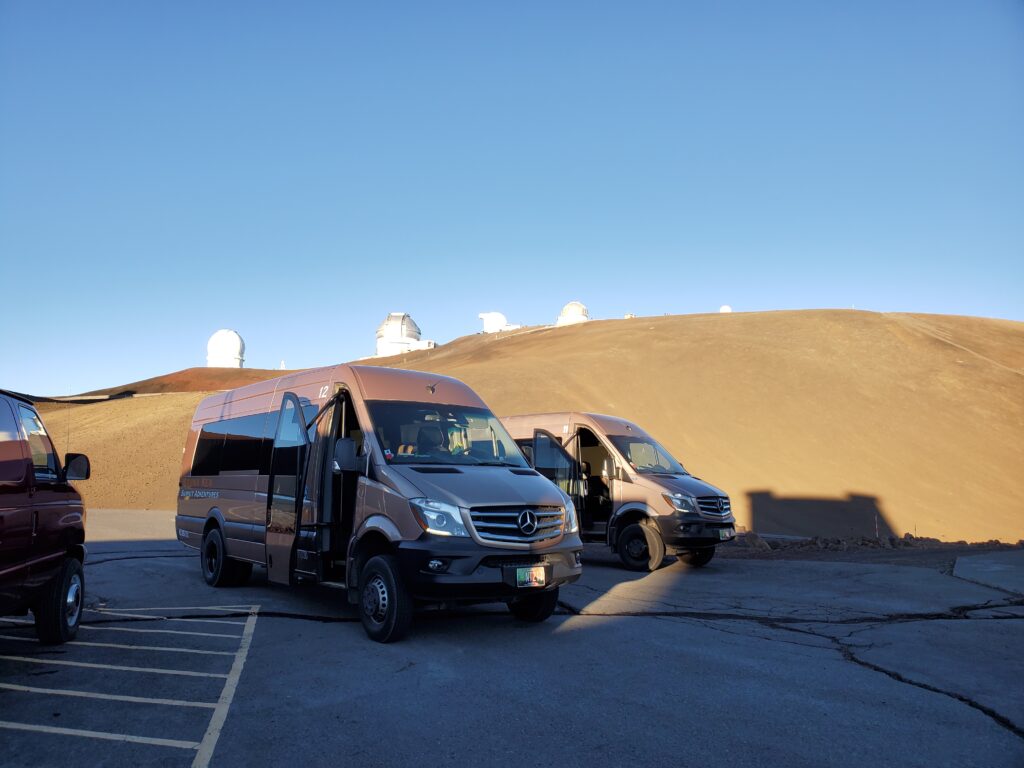
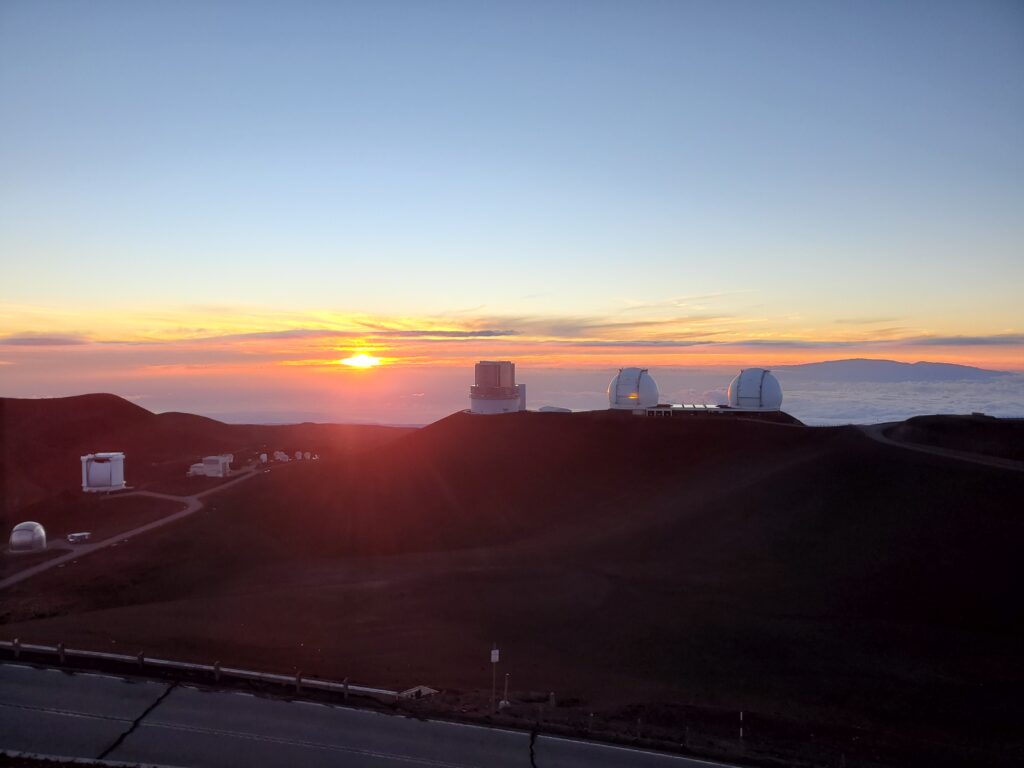
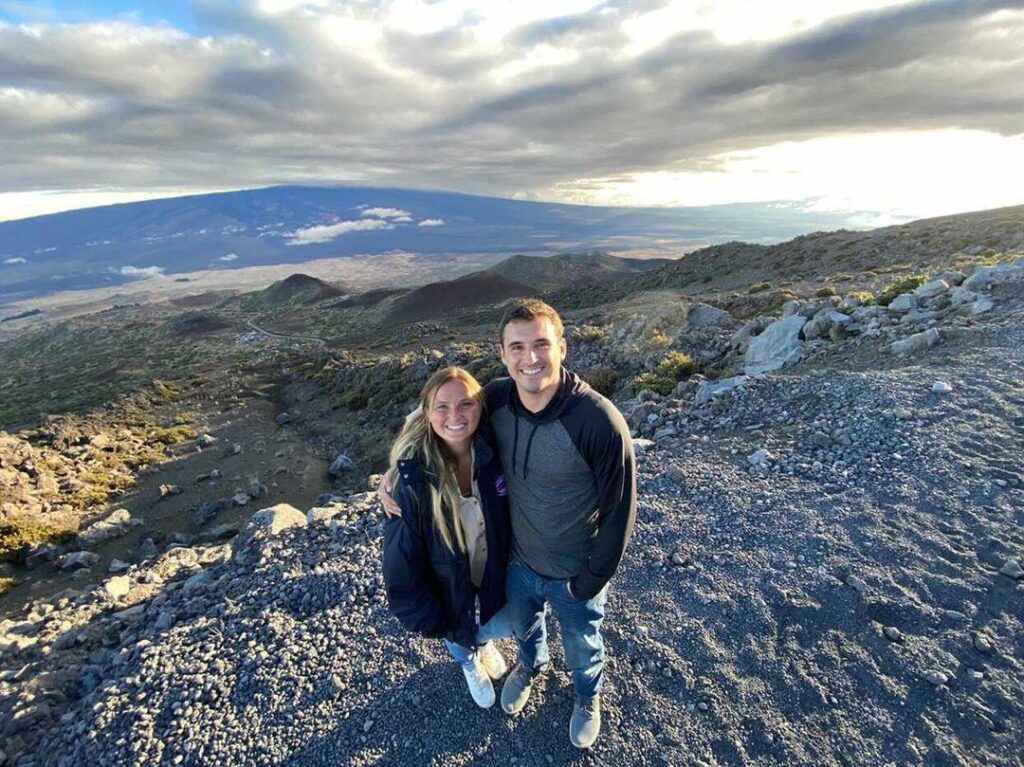
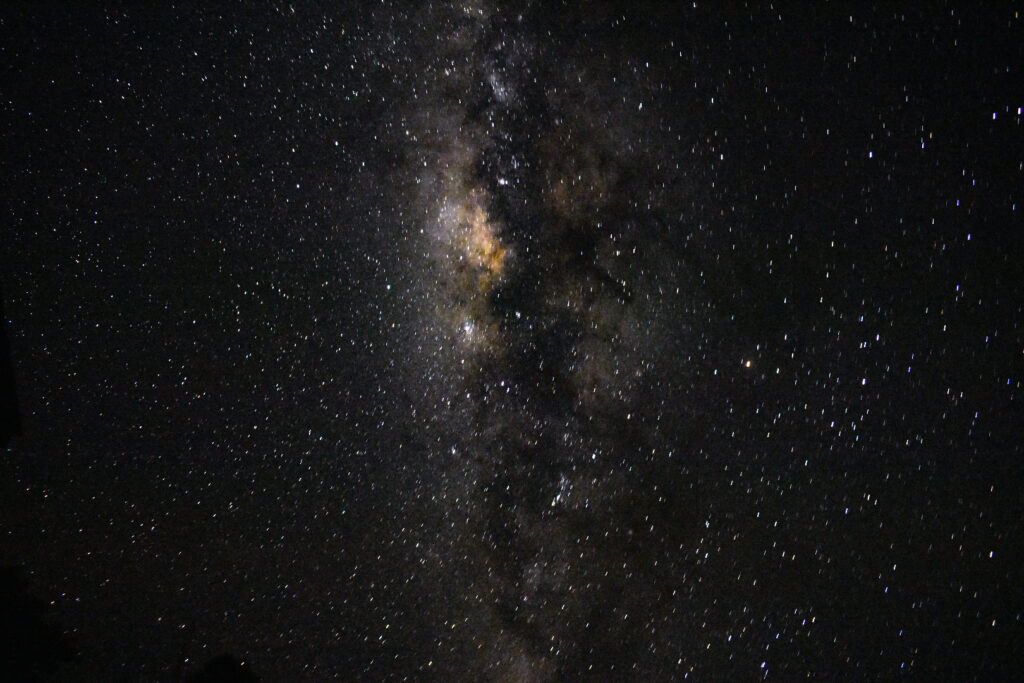
Kona Day 5 & 6- Makalawena Beach & Manta Ray Snorkeling:
The next day we got a later start as we arrived home after midnight from Mauna Kea. We drove to Makalawena Beach. This beach is said to be one of the best beaches on the Big Island and it has way fewer crowds because you have to hike to get there. There are two parking lots, one is a 4-mile hike where 2-wheel drive vehicles must stop, and the other is a closer 2.2-mile hike where 4-wheel drive vehicles can venture to. The hike to the beach was HOT. It offered little shade but once you got to the beach portion you could see many seals lounging up on the dunes in the sun. This was a stunning beach and we had it completely to ourselves! We spent the day in the crystal clear, turquoise water before hiking back and grabbing drinks at a couple of bars downtown. It was a perfect day.
The last full day in Kona we had another tour scheduled for 5 pm that night. I was so excited to surprise my husband with this tour, little did I know this would be my downfall. I had read in my research that swimming with the manta rays was a do-not-miss; my husband absolutely loves to snorkel; I, on the other hand, do not. This 3-hour tour offered a ride-along price so luckily (or so I thought) I was able to go along. Manta Rays are filter feeders and are most active at night when the illumination of divers’ lights or the tour’s lighting attract plankton to feed on. Manta Rays are massive, with a wingspan of up to 20 feet, and are very docile, with no stinger making them very safe to swim with. The group consisted of all different ages and after the sunset, the tour guides dropped floating light boards that snorkelers could hold on to into the water. As they floated, beautiful manta rays, among other fish, swam up close giving them the perfect view. I was able to see some of them through the go-pro we brought, and it was amazing. I can definitely appreciate the beauty of these large creatures, even if it’s from afar.
Looking back, I probably should have just conquered my fear of the dark ocean and got off the boat because it was another version of hell for me on it. I’ve never been seasick before; I’ve been on many boat trips, whether it be recreational with friends, catamaran tours in the choppy Mediterranean, or whale-watching tours in the big swells of the winter months. All to say, this completely caught me off guard. I was the only “ride-along”, so it was me and the tour guide alone on the boat (he was amazing, even offering me ginger chews). The waves were pretty decent-sized, and it was completely dark which is probably where I went wrong. I remember feeling a little sick as the group disembarked into the water but didn’t think much of it. After 30 minutes “a little sick” turned into a lot sick, so much so that I couldn’t even look at the poor tour guide as we were conversing, thinking if I stared at the dim horizon it would help. It didn’t. I almost made it through! It wasn’t until everyone came back onto the boat that I couldn’t take it anymore. Let me set the scene: A group of 15 people just got back on board, we are in an area with about 8 other boats full of passengers snorkeling and the water is lit up by the lights they used to attract plankton. This was the time my body decided enough was enough and I started getting violently sick over the side of the boat. Luckily the lights in the water were able to illuminate my throw-up so we could all see the fish swarm for what they assumed was food to the background noise of other boats’ passengers pointing to the “girl throwing up in that boat over there”. I can laugh about it now but that was easily the most nauseous I have ever felt in my life and I have a newfound respect for all of you who experience motion sickness to that extent; it was brutal.
My husband had a great time though! He still talks about the tour to this day, so we are maintaining our stance on this being highly recommended (for people not prone to motion sickness). Be sure to book this in advance as it fills up quickly (and bring Dramamine, just in case)!
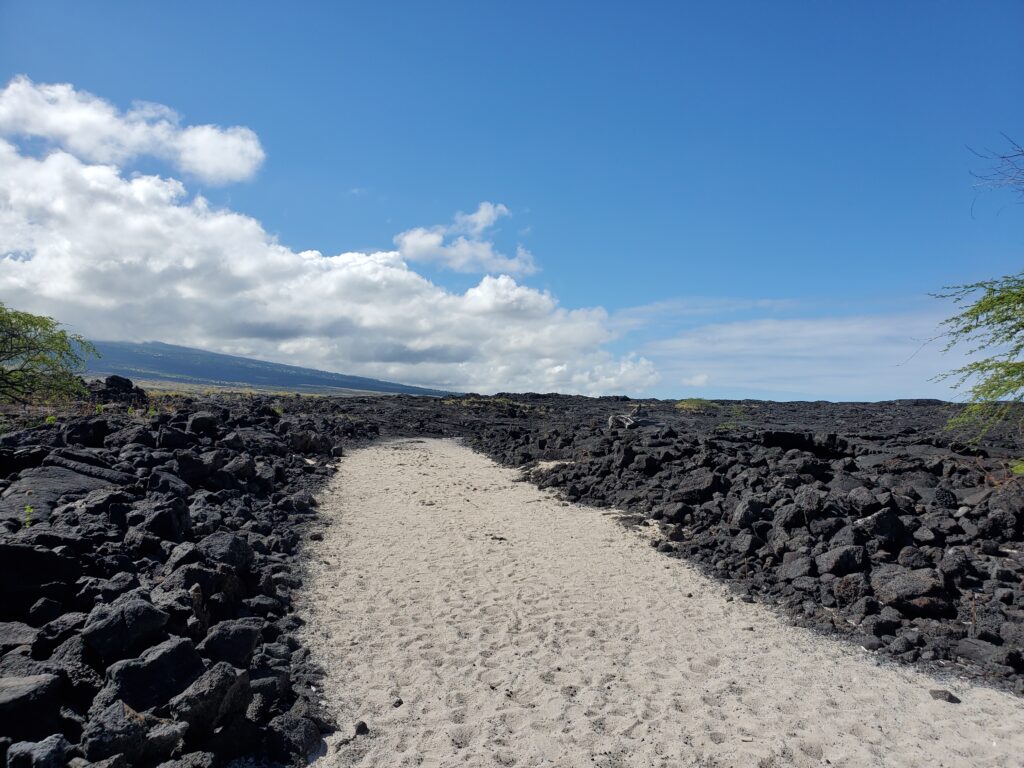
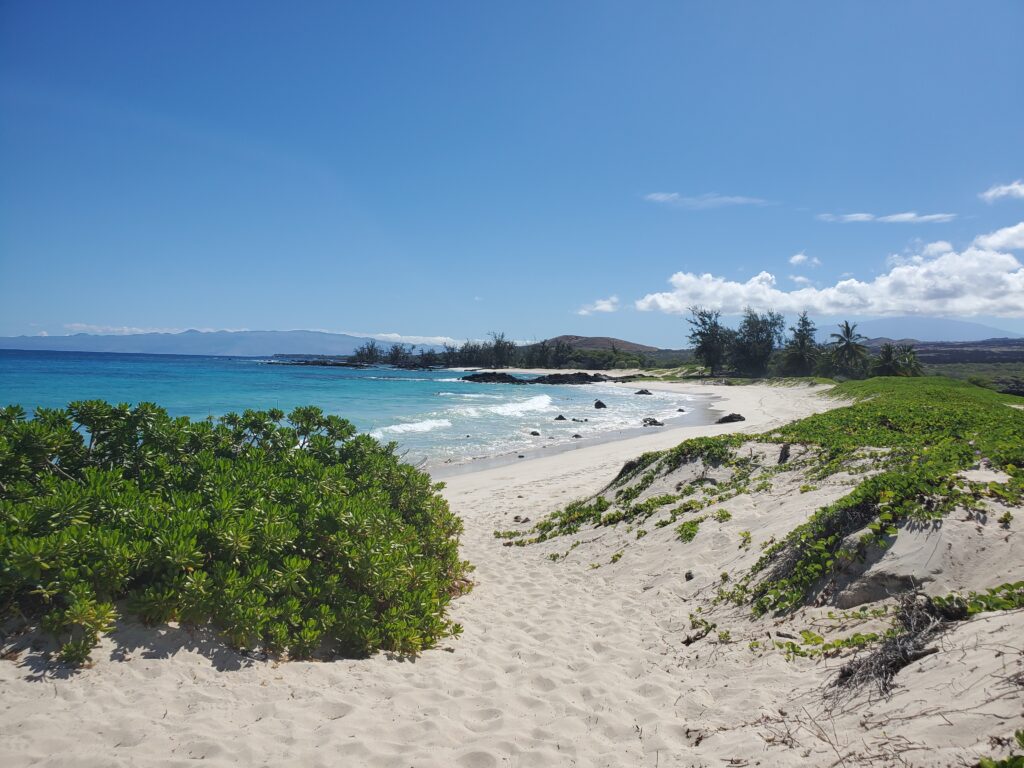
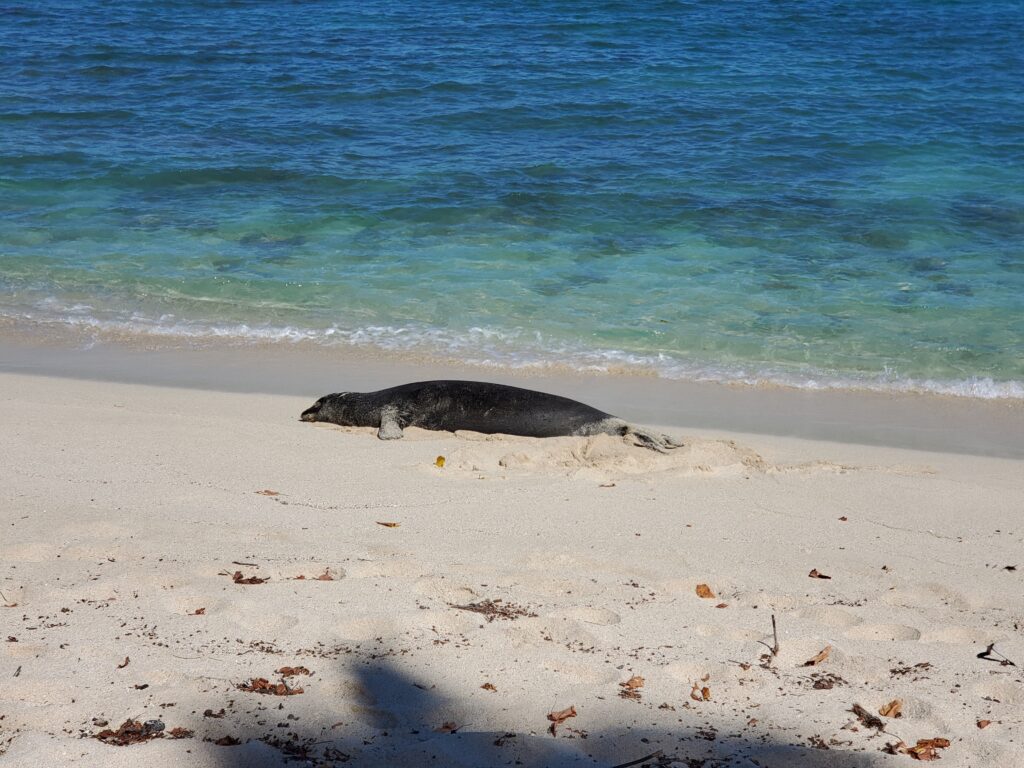
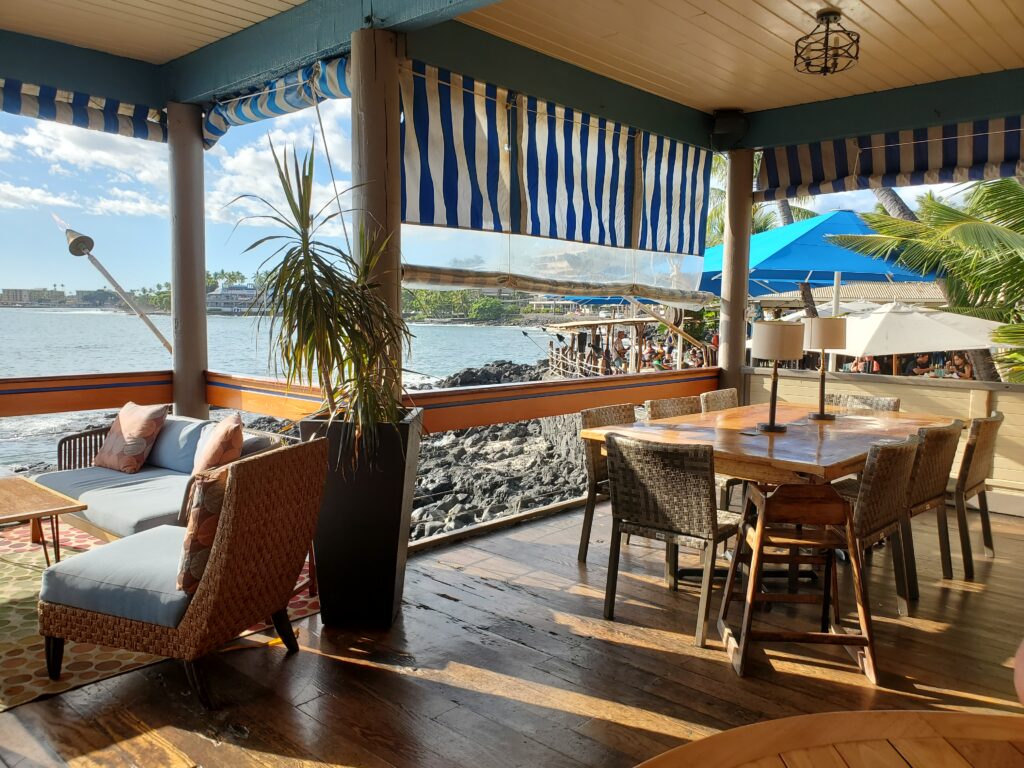
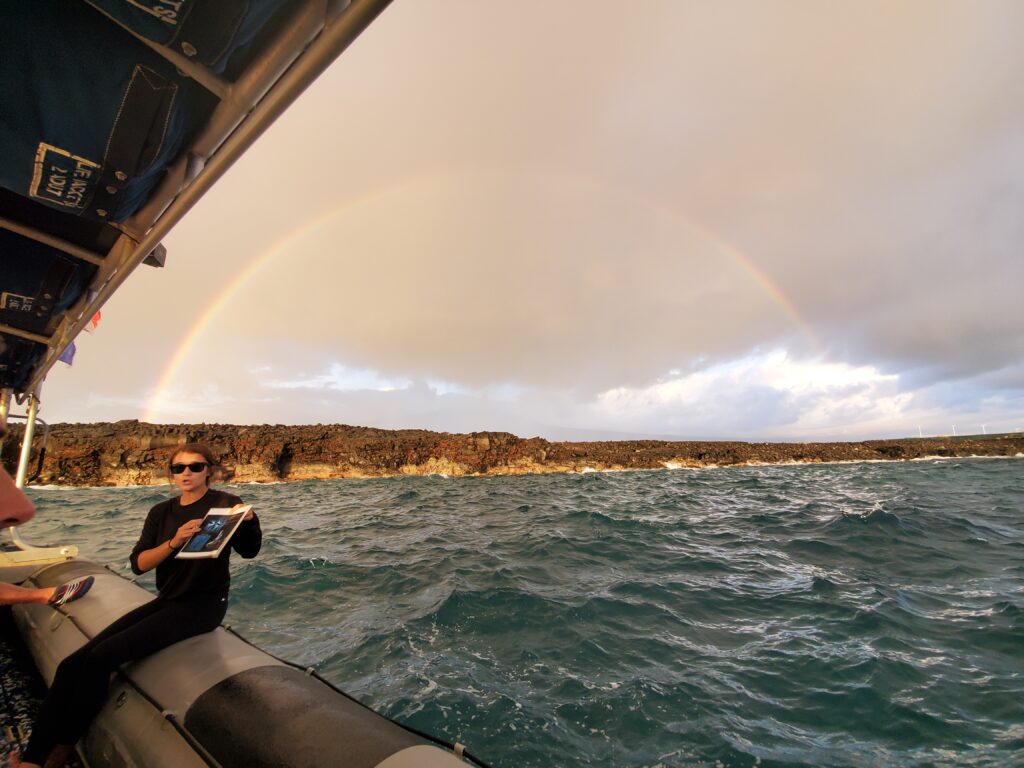
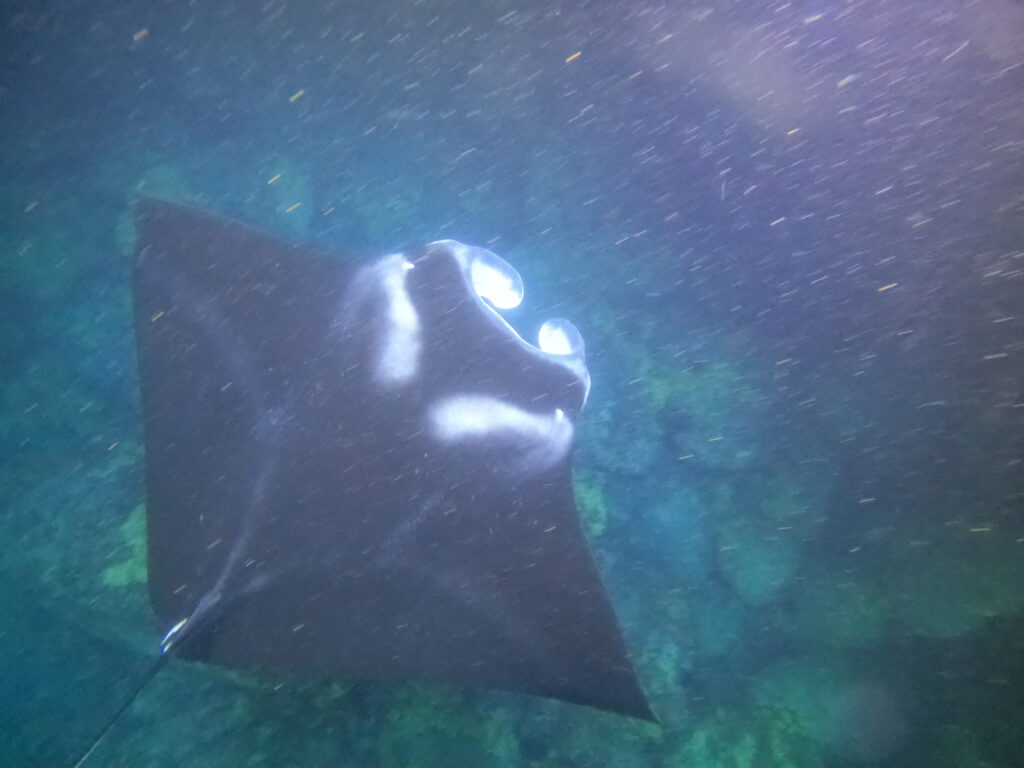
Our time in Hawai’i was unforgettable (the good and bad). This is an island that could easily fill up a two-week vacation on its own so be sure to give ample time here. If I were to change anything about our original itinerary, I would have given less time in Hilo (though still a must-see), allotted more days at Volcano National Park, done Mauna Kea twice, and toured some of the famous Kona coffee farms. We also didn’t get to try a lot of the restaurants we wanted to in order to save money so I would splurge on this next time! Hawai’i is amazing, you can’t really go wrong no matter how much time you have or where you go. Having just completed our second week, we were on to our third (and favorite) destination: Kaua’i!

